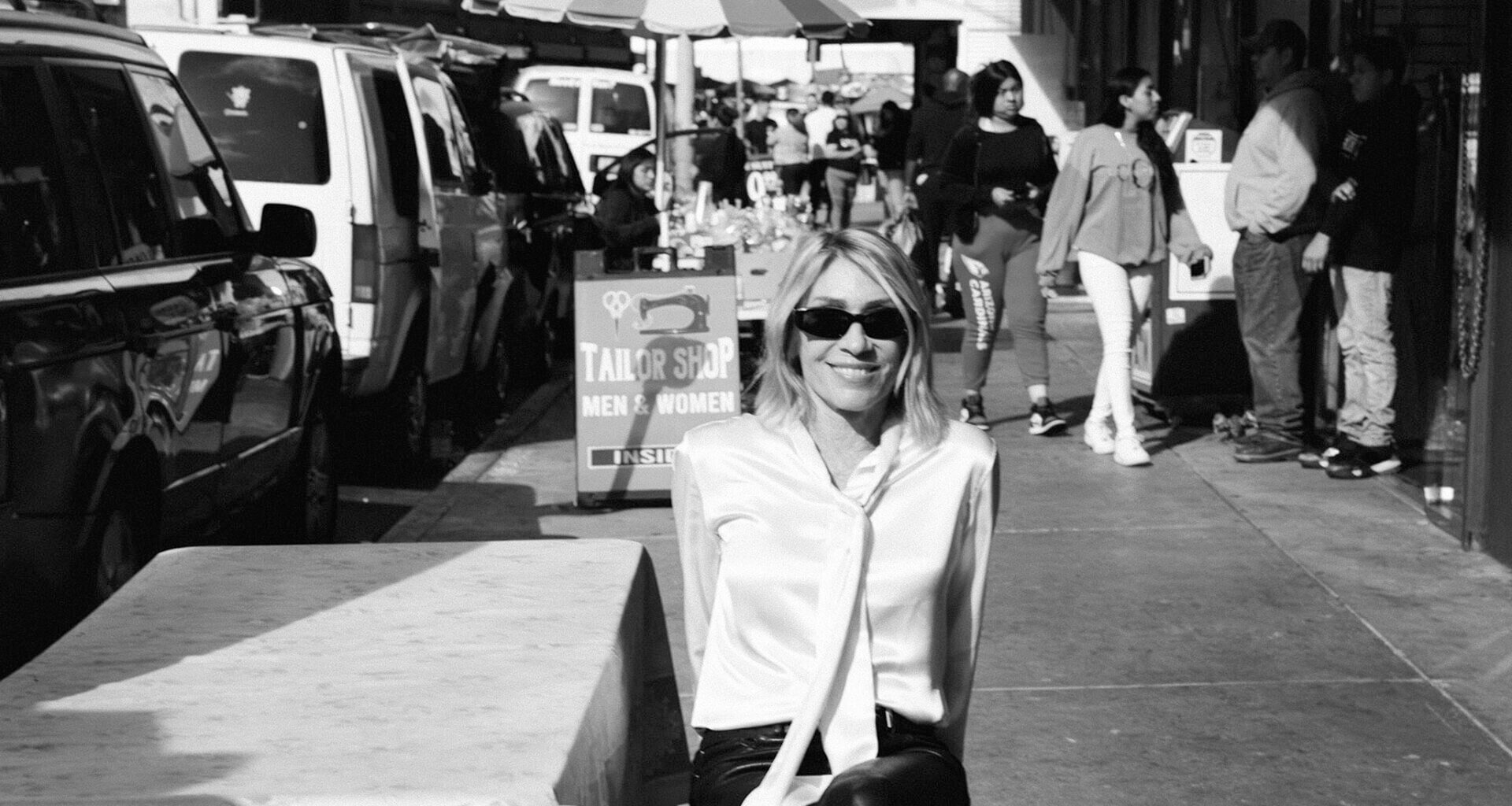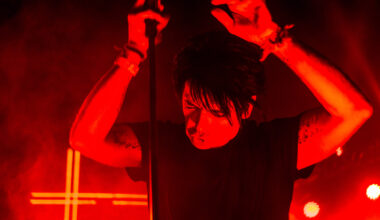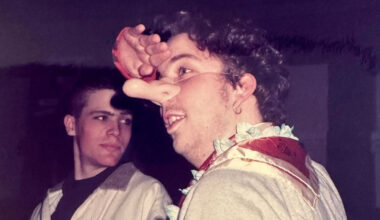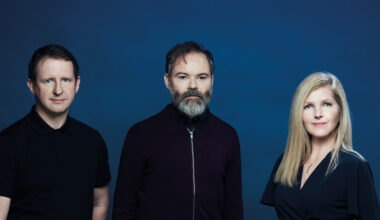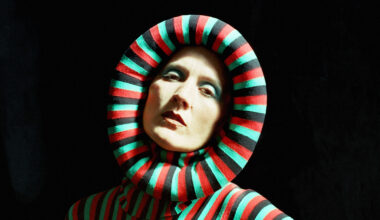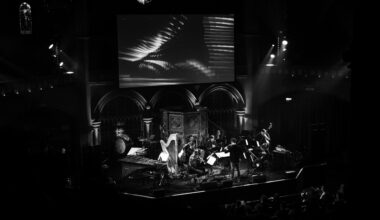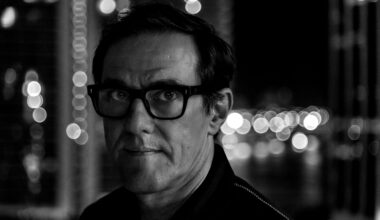Kim Gordon made her name with US rock giants Sonic Youth, but her second solo album ‘The Collective’ continues her intriguing exploration of fractured hip hop beats and “abstract poetry fucked-up shit”
Want to read more?
Sign up to Electronic Sound Premium to gain access to every post, video, special offers, and more. 100%, all you can eat, no commitment, cancel any time.
Already a premium member? Log in here
